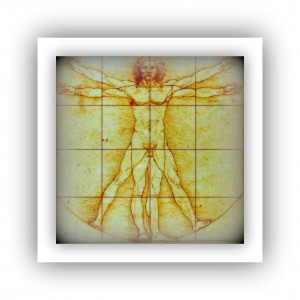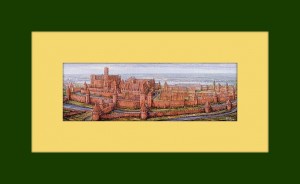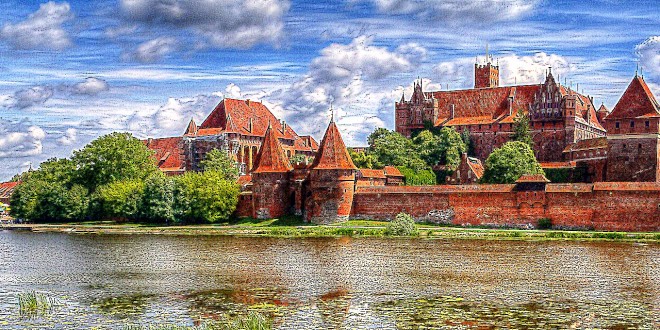 When your geographical horizon extends – for business or pleasure – you have the wonderful opportunity to hear you inside, like the perfectly proportioned man (created by Leonardo da Vinci), correlating the symmetry of human anatomy to the symmetry of the universe. What you see, hear, eat and feel, it’s all inside the Vitruvian approach to life.
When your geographical horizon extends – for business or pleasure – you have the wonderful opportunity to hear you inside, like the perfectly proportioned man (created by Leonardo da Vinci), correlating the symmetry of human anatomy to the symmetry of the universe. What you see, hear, eat and feel, it’s all inside the Vitruvian approach to life.  A lively town built on the banks of the Nogat River, in the eastern part of the Pomorskie Province, is always full of tourists. Each of them is driven by curiosity to discover the beauty of the famous castle of Malbork. Marienburg (original German name of the city), is known for the huge structure built by the Order of the Teutonic Knights. In 1280 the manufacture took his first steps, but only 130 years later the castle was finished. https://www.youtube.com/watch?v=5JwQ9jirSLc&nohtml5=False
A lively town built on the banks of the Nogat River, in the eastern part of the Pomorskie Province, is always full of tourists. Each of them is driven by curiosity to discover the beauty of the famous castle of Malbork. Marienburg (original German name of the city), is known for the huge structure built by the Order of the Teutonic Knights. In 1280 the manufacture took his first steps, but only 130 years later the castle was finished. https://www.youtube.com/watch?v=5JwQ9jirSLc&nohtml5=False
The presence of the Teutonic Knights was due to the request for help from the Polish principles for addressing local pagan peoples. In 1309 Malbork became the capital of the Order. During the war of 1454-1466, the castle was sold to the Polish king Kazimierz. Following the first partition of Poland, the castle passed to the Prussians, who used it as a barracks. In 1817 they began the restoration work of the ancient medieval splendor. 
As you can imagine, even the castle has not gone unscathed in World War II, but the fifties began a new restructuring process, and its results are in front of your eyes. Since 1997, the Malbork Castle (an architectural complex that consists of three separate castles, linked together within multiple city walls), is in the list of UNESCO World Heritage Sites. Among the collections of the castle, you can admire ancient armor, but also coins collected from the castle Jaquet advisor (who managed to procure some 10 000). http://www.staypoland.com/gdansktours/malbork.asp
 Meeting Benches World art in all forms
Meeting Benches World art in all forms







